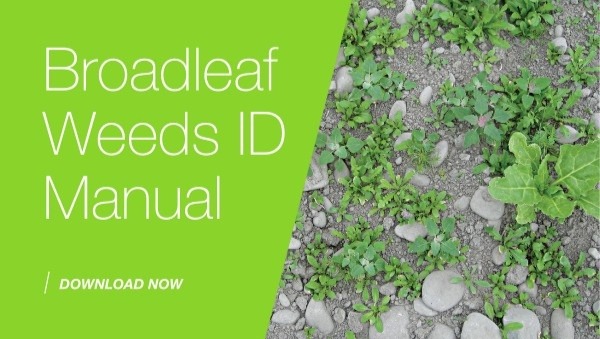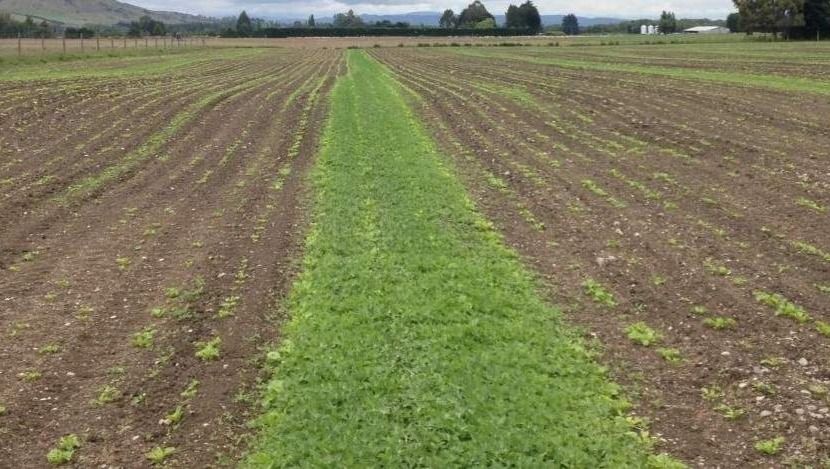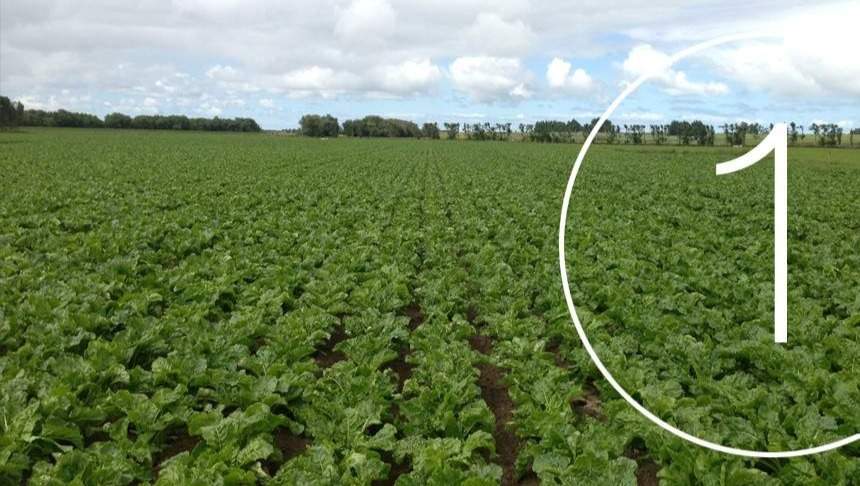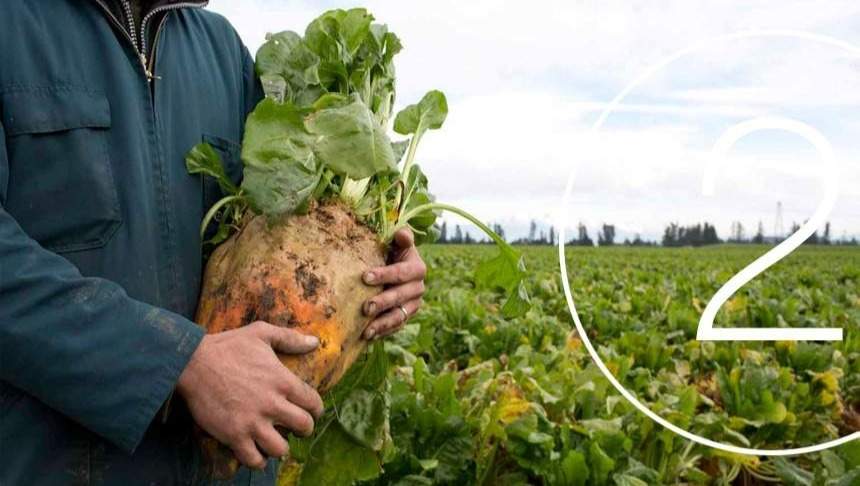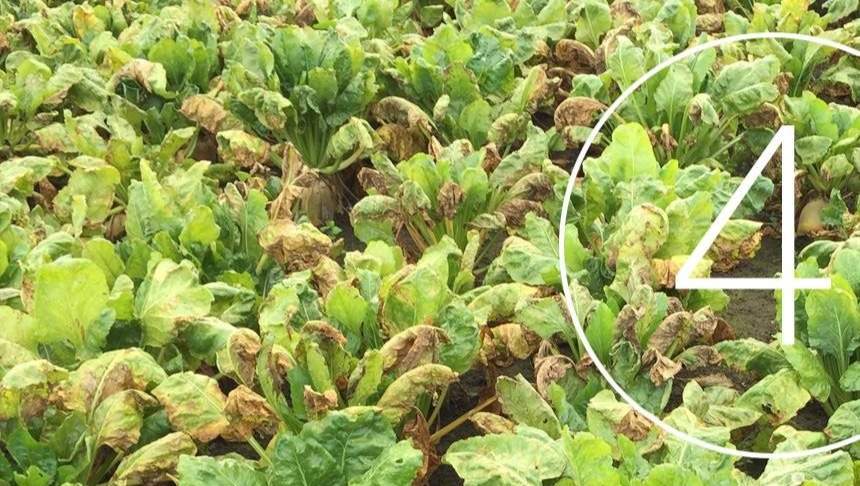
Managing Weeds
Importance of Weed Control in Beets
Beet crops are slow growing and are susceptible to weed competition. This is especially the case during the first eight weeks where faster growing weeds can outcompete and choke the developing beet crop. Poor weed control can severely reduce yields.
Fast growing weeds that emerge early and grow taller (eg; fathen, willow weed etc) than the crop cause the most severe yield penalties. Trials in sugar beet in the United Kingdom have shown that just one tall weed per square metre can reduce yield by 10%. Allowing mature weeds to set seed is also less than ideal. For example, a mature fathen can produce 700,000 seeds which add to the seed bank in the soil, creating issues for subsequent crops.
Controlling weeds through the crop establishment phase is critical. After 8 -10 weeks the fodder beet crop should have covered in, reducing further weed germination and competition.
Weed Identification
Knowing what weeds you need to control in your beet crop is critical for herbicide choice. Ideally herbicides should also be applied on seedling weeds (ideally at the cotyledon to 2-4 leaf stage). Identifying seedling weeds can be challenging.



